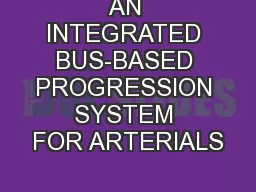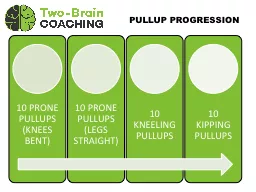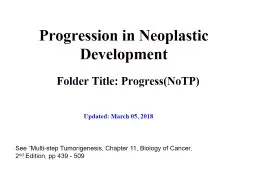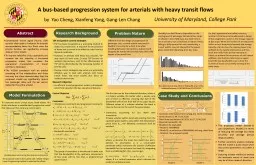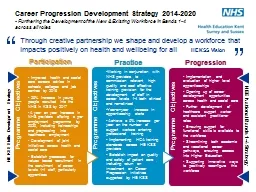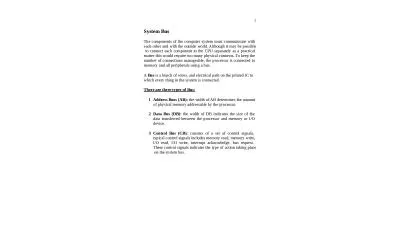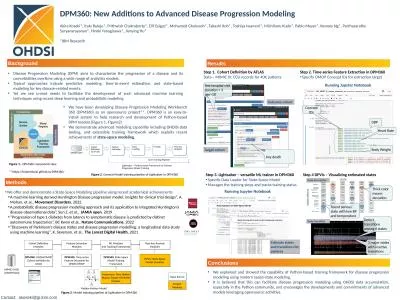PPT-AN INTEGRATED BUS-BASED PROGRESSION SYSTEM FOR ARTERIALS
Author : giovanna-bartolotta | Published Date : 2017-09-21
HAVING HEAVY TRANSIT FLOWS Yao Cheng 11252014 Thesis Defense for the Degree of Master of Science Transit Signal Priority TSP Transit system Active control strategies
Presentation Embed Code
Download Presentation
Download Presentation The PPT/PDF document "AN INTEGRATED BUS-BASED PROGRESSION SYST..." is the property of its rightful owner. Permission is granted to download and print the materials on this website for personal, non-commercial use only, and to display it on your personal computer provided you do not modify the materials and that you retain all copyright notices contained in the materials. By downloading content from our website, you accept the terms of this agreement.
AN INTEGRATED BUS-BASED PROGRESSION SYSTEM FOR ARTERIALS: Transcript
Download Rules Of Document
"AN INTEGRATED BUS-BASED PROGRESSION SYSTEM FOR ARTERIALS"The content belongs to its owner. You may download and print it for personal use, without modification, and keep all copyright notices. By downloading, you agree to these terms.
Related Documents

